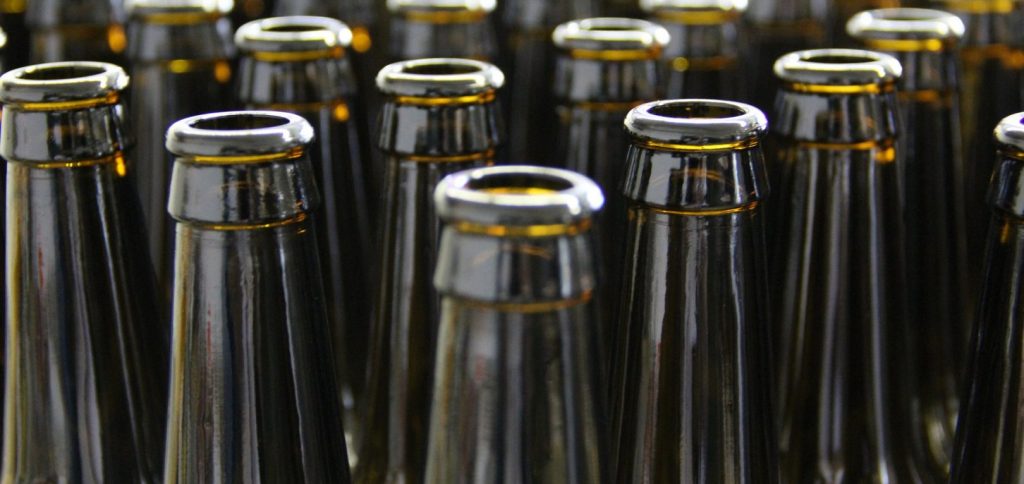Witbier—the White Beer Trend with a Difference

Belgium probably has the oldest beer culture in the world. Until recently, however, some historic styles were in danger of dying out altogether. Thankfully, they are now experiencing a true renaissance—with Witbier at the forefront—and are particularly popular internationally among young consumers.
Witbier has its origins in the region of Brabant, east of Brussels. This area is said to have very fertile soil, making it an ideal location for growing cereals. It is believed that fine beers have been brewed here using oats, barley, and wheat since as early as the sixth century. Then, in the 16th century, a brewing guild emerged in the Flemish province of Hoegaarden, which used local wheat as its preferred ingredient. Some 300 years later, there were around 30 wheat beer producers in this small district alone: these are known as the “Witbier breweries.”
This Belgian specialty is a top-fermented beer similar to Bavarian wheat beer. However, the distinguishing feature of a “Wit” is the addition of ingredients such as coriander, orange peel, and often nutmeg too. It is brewed using around half raw wheat and half barley malt; some brewers even add a small amount of oats. The beer is distinguished by its largely pale straw color and is often quite cloudy. Its light body and effervescent sparkle on the palate come as a pleasant surprise. The added orange peel lends the beer a fruity flavor and the coriander adds a dash of spice. The hops are secondary here because, for Wit brewers, these are more for adding a delicate note of bitterness. Belgian wheat beer also has a low alcohol content, meaning Witbier can also be considered a sparkling refresher or aromatic thirst-quencher in summer.
However, this old style of beer with its aromatic yeast aroma almost died out in the 19th century before one Pierre Celis breathed new life into Belgian wheat beer in the 1960s. A dairyman by trade, Celis found himself longing for his favorite drink, which had suddenly become a rarity. In order to satisfy his craving, he founded the Hoegaarden brewery in the region of the same name, marking the start of a momentous career. Today, his brewery is one of the beer industry’s best known hot spots, and is now owned by the world’s largest brewery group, Anheuser-Busch InBev. However, Belgian brewers like Brasserie La Binchoise and Steendonk Brouwerij are also once again celebrating successes with special Wit varieties.
While Hoegaarden initially only used recipes from olden times, the company’s range now includes several creative varieties, including a specialty beer brewed with raspberries. Creations like these are providing a new source of inspiration for the international craft beer movement. A wide variety of beers in the Wit style is now available worldwide, with other fruit derivatives besides orange peel being added to the mix. In addition, spices such as cardamom, licorice root, or even pepper are used, lending the beer an even more intense aroma. Some Wit spin-offs are even brewed with vanilla notes or have a touch of honey. The wealth of ideas knows no bounds.
Visitors can find out more about creative beers like these at place2beer at drinktec 2017, where innovative and renowned brewers alike will be presenting their specialties. Beer lovers can also learn more about the Wit trend by attending interesting presentations and panel discussions. Of course, visitors can also sample a range of beers from around the world—including some other Belgian styles—free of charge. Click here to view the drinktec events program.
